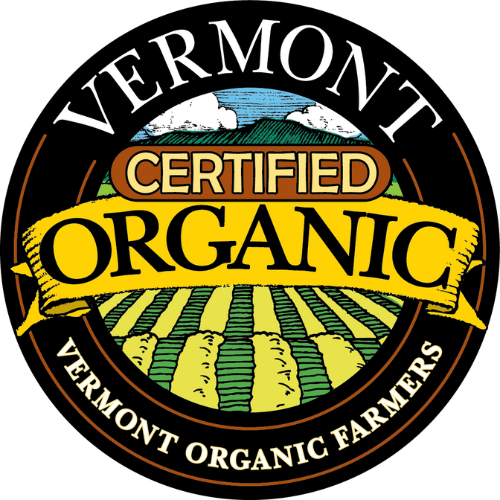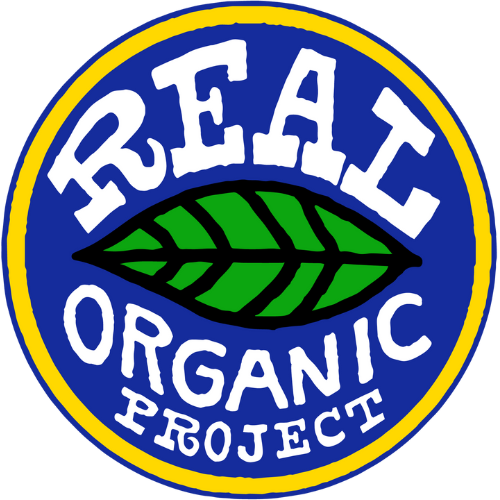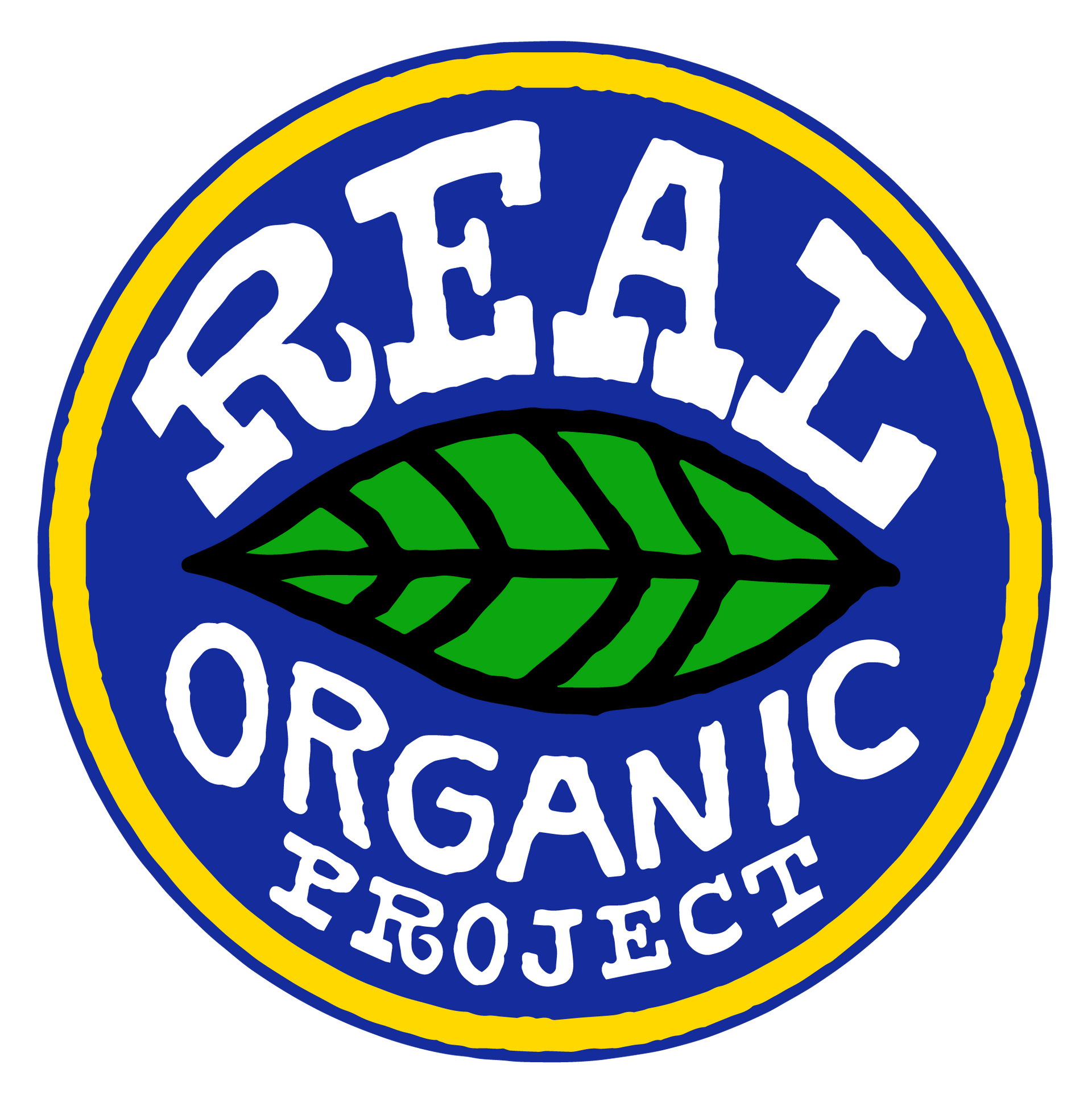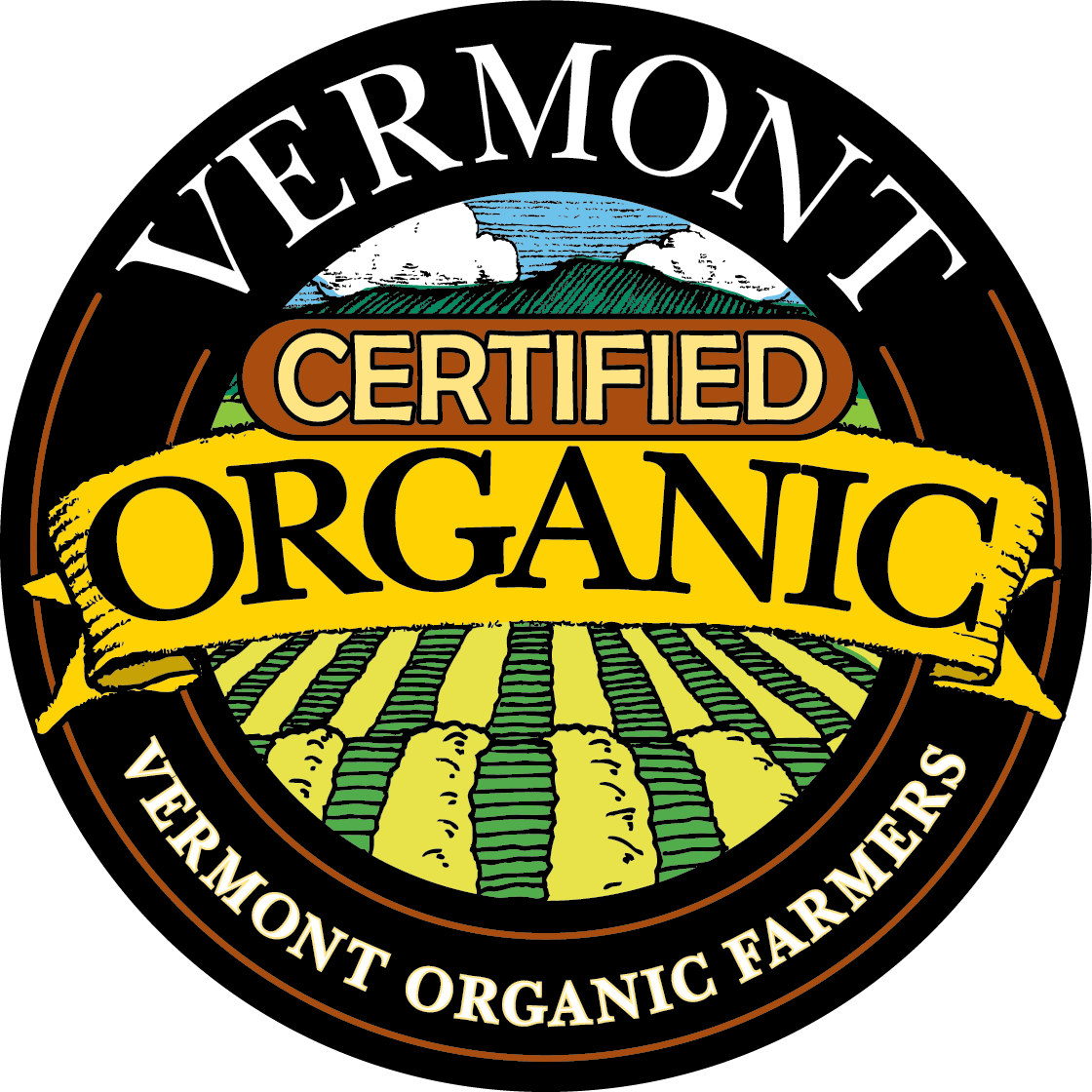Icelandic Sheep: Breed History and Facts
The Icelandic sheep is one of the world's oldest and purest breeds of sheep. Throughout its 1100 years of history, the Icelandic breed has been truly triple-purpose, treasured for its meat, fiber and milk.
The Icelandic breed is in the North European short-tailed group of sheep, which exhibits a fluke-shaped, naturally short tail. To ensure the continuing purity of the breed, tail docking an Icelandic will disqualify it from being registered in North America. Icelandics are a mid-sized breed with ewes averaging 120-145 pounds, and rams averaging 165-220 pounds. Conformation is generally short legged and stocky. The face and legs are free of wool. The fleece is dual-coated and comes in white as well as a range of browns, grays and blacks. There are both horned and polled strains. Left unshorn for the winter, the breed is very cold hardy.
Ewes are seasonal breeders, most coming into heat in late October. They will continue cycling until spring if not bred. Rams are sexually active year round, and the ram lambs can start breeding at 5-6 months.
Lambs mature early and ewe lambs commonly lamb at 11-12 months of age. Icelandic ewes are bred as lambs, and many remain productive until age 10 or longer.
Prolificacy is quite good, on average 175-220%. Triplets are not uncommon and many Icelandic ewes are very capable of nursing triplets without assistance. A gene has been found in the Icelandic breed that causes multiple births of triplets, quads, quints and even sextuplets, if the ewe carries two copies of the gene. One copy of the gene causes a milder increase in fertility, resulting primarily in a higher rate of triplets. The Thoka gene, as it is called, is named after the first ewe known to carry the gene. It is similar to the Booroola gene in the Merino sheep.
The lambs are small, twins averaging 6-8 pounds and very lively after an average gestation of 142-144 days, several days shorter than the species average. Lambs are vigorous at birth, a trait that has been shown to carry through in crossbreeding programs. The first lamb born will commonly be up and nursing before the twin arrives. Experienced mothers can have a lamb nursing even before it has gotten to its feet. Lambs are generally strong enough to suck out the wax plug, and are seldom lost to pneumonia. The ewes are excellent mothers with vigorous lambs and suitable for pasture lambing.
Due to their large rumens, and the selective pressures of their history in Iceland, the breed is feed efficient. The animals are cold hardy and have a strong, reactive immune system. The sheep have evolved over 1,100 years under difficult farming conditions in Iceland, with a resultant sturdy and efficient constitution.
A defining quality of the Icelandic breed is the ability to survive on pasture and browse. Historically, Iceland is not a grain producing country due to the climate, and the breed has survived through its thousand year history on pasture and hay. The ewes are supplemented with fish meal when pregnant and most ewe lambs here in North America are supplemented with some protein especially when pregnant. On good grass, meat lambs can be slaughtered directly off the pasture at 5-6 months of age.
The most eye-catching aspect of the breed is the variation of colors and patterns. Genetically, Icelandics have one of two base colors either black or moorit (brown). They exhibit 5 pattern combinations, white, gray, badgerface, mouflon and solid. Individual sheep may also display various shades of these colors/patterns, ranging from white, cream, light gray, tan, caramel, milk chocolate, silver, dark chocolate, dark gray, to jet black. A spotting gene adds even more combinations with many recognized and named patterns of white markings.
From the Iceland Lamb website:
Sheep farming – a cultural heritage
Sheep farming is practiced through-out Iceland, although it is most common in sparsely settled areas. About 2,000 farmers are engaged in sheep farming. Icelandic sheep are short-tailed and belong to a breed formerly common in northwestern Europe, but now only to be found in very few areas of the world. It is a strong, hardy race which has adapted well to Icelandic conditions.
Sheep breeding
Icelandic farmers, along with scientists, have been involved in sheep breeding for decades aiming to produce high quality meat. The breeding is unique in that more than 90% of the sheep stock is registered in a breeding database where scientists and farmers can use the information to improve their production. From the beginning, the main emphasis in the breeding of the Icelandic lamb has been a higher quality of meat. The focus has always been on increased muscle build-up, but during the last two decades, farmers have put an equal effort into decreasing fat. These properties have changed dramatically, especially in the last ten years. Breeding advances have also increased due to the regular use of the country‘s best rams for inseminations across the country.
Lambs are free range
A few weeks after the lambing in May, sheep are sent to run free and graze in mountain pastures until autumn, feeding on the rich and nourishing vegetation. Many farmers formerly allowed their sheep to graze in out- lying pastures over the summer months, but as a result of the recent reduction in flocks, animals are increasingly kept in home pastures.
Gathering in autumn
Farmers gather their flocks in the autumn. Usually, the round-up is carried out on horseback with assistance of sheepdogs.
The process can take up to a week. During this time, participants stay overnight in mountain huts located throughout the highlands. Each sheep farmer has his own earmark in order to identify his livestock. After the gathering, the sheep are all sorted into designated pens, according to earmarks. Many people, farmers or not, come to watch or take part in this event on the last day, which is usually followed by a big celebration the same night. This is a tradition cherished by Icelanders. (End of info from Iceland Lamb website.)
The Icelandic breed is highly prolific -- the ewes are reliable twinners, with triplets fairly common. The breed is valued also because of its "grass based" genetics; the sheep flourish on grass and browse, without need of grain supplementation.
Icelandic sheep are a beautiful and eye-catching breed of sheep with incredible color variations and seventeen possible combinations of colors and patterns. Known around the world for their fiber, the Icelandic sheep provides a soft, lustrous dual coated fleece. Icelandics come in a range of natural colors and patterns which provide lovely wool that is very versatile and easy to spin, making this wool a handspinners delight.
In Iceland, these sheep are bred primarily for meat. The lambs mature in 4-6 months on good pasture and provide a lean, tender, mild flavored meat. Average dressed weight is typically 35-45 pounds.
Icelandics are a very milky breed of sheep, with ewes easily supporting twins and many raising triplets without assistance. Many farms in North America are now milking Icelandics and using the milk for personal use, making yogurt, soap and gourmet, artisan cheeses.
For additional information on hardy, healthy, thrifty Icelandics, visit the Icelandic Sheep Breeders of North America website, www.Isbona.com.
